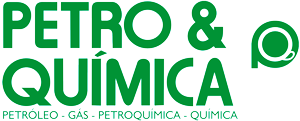
Stochastic ecological models are mathematical formulations that describe the dynamics of a population through endpoints, e.g., the abundance of some species of interest (animal or plant). Thus, they are a valuable tool for Quantitative Ecological Risk Assessment (QERA) since, through the endpoints, one can estimate the risk of adverse effects (e.g., extinction). Notably, these models are helpful when assessing the impacts of oil spills on sensitive environments, such as coral reefs. Thus, we propose a stochastic ecological model for a coral reef fish, the red-eye parrotfish (Sparisoma axillare), to simulate the dynamics of the species over the years and under varying exposure to oil pollution. The model is flexible, allowing to simulate several scenarios of impacts. The model’s flexibility allows it to be reparameterized and used globally for different parrotfishes’ populations by changing a few parameters. Furthermore, the risks under the impacts are assessed and ranked in risk categories to better communicate the risks to interested parties and the general public.












